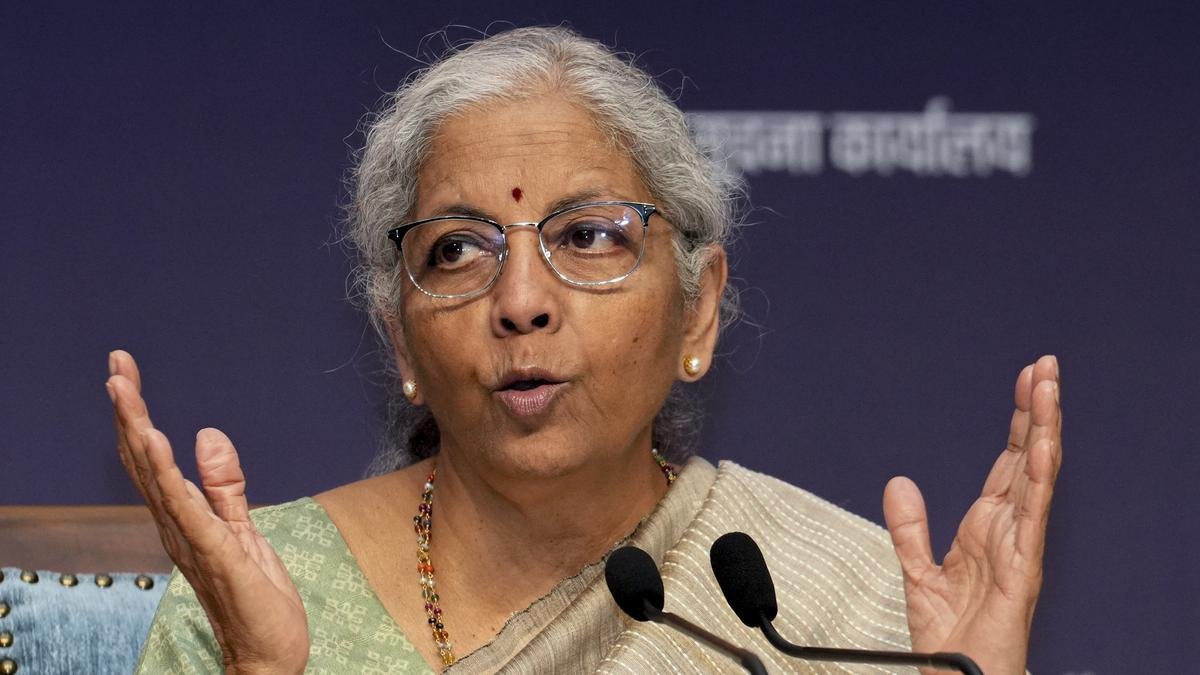On September 22, 2025, the Indian government implemented significant Goods and Services Tax (GST) reforms, reducing tax rates on various goods and services to simplify the tax structure and provide relief to consumers. The new GST structure consolidates multiple tax slabs into four standard rates: 0%, 5%, 18%, and 40% Wikipedia. Since the implementation, there has been widespread attention on whether these benefits are effectively reaching the end consumers.
Monitoring of 54 Essential Items
To ensure that the benefits of the GST rate cuts are passed on to consumers, the government has been closely monitoring the prices of 54 daily-use items. Finance Minister Nirmala Sitharaman confirmed that the tax benefits have been successfully transferred to the end consumers for all the monitored items. Notably, products such as shampoos, household articles, tricycles, solar cookers, and umbrellas have experienced price reductions exceeding the intended levels NDTV Profit+1.
Sector-Wise Impact of GST Rate Cuts
Electronics and Consumer Durables
The electronics sector has witnessed a surge in demand following the GST rate cuts. Sales of air conditioners doubled on the very first day of the new GST implementation. Major electronics retailers, such as Vijay Sales, reported a 20% increase in sales during the Navratri period. Similarly, LG Electronics observed a significant rise in sales, indicating a positive consumer response to the reduced prices Fortune India+1.
Automobiles
The automobile sector also experienced a boost, with three-wheeler dispatches growing by 5.5% year-on-year to 84,077 units. Sales of tractors more than doubled, and passenger vehicle dispatches reached 3.72 lakh units in September alone. This uptick in sales reflects the positive impact of GST reforms on consumer purchasing behavior ETGovernment.com.
Dairy Products
Dairy products, including milk and related items, have seen price reductions post-GST cuts. The government is confident that these benefits are reaching consumers, contributing to the overall affordability of essential goods Republic World.
Consumer Grievances and Resolution Mechanisms
Despite the positive outcomes, there have been instances where consumers reported that the reduced GST rates were not reflected in product prices. The Department of Consumer Affairs received 3,169 complaints related to non-reduction in prices commensurate with the GST cut. Of these, 3,075 complaints have been forwarded to nodal officers in the Central Board of Indirect Taxes and Customs (CBIC), while 94 were resolved by the department The New Indian Express.
To address such issues, the government has enabled functionalities on grievance reporting portals, allowing complaints to be forwarded to the chief commissioners of the respective zones. This initiative aims to ensure that consumers’ concerns are promptly addressed and that businesses comply with the revised GST rates NDTV Profit.
Economic Implications of GST Reforms
The GST reforms are expected to have a substantial impact on India’s economy. The government anticipates a consumption boost of approximately ₹20 lakh crore this year, driven by increased consumer spending due to lower prices ETGovernment.com. Additionally, the reforms are projected to stimulate private investment, particularly in sectors such as electronics, automobiles, and consumer durables.
The implementation of the new GST structure has also led to better tax collections, with the government reporting close to ₹2 lakh crore per month in GST revenues. This improved revenue stream provides the government with the fiscal space to consider further tax reductions and welfare measures in the future NDTV Profit.
Government’s Commitment to Consumer Welfare
The government remains committed to ensuring that the benefits of GST reforms reach every consumer. Finance Minister Nirmala Sitharaman emphasized that the rate reductions are not limited to the festive season but are part of a broader effort to create a more efficient and consumer-friendly tax system. She assured that the government will continue to monitor the implementation of GST reforms and take necessary actions to address any discrepancies or issues that may arise NDTV Profit.
Conclusion
The recent GST rate cuts have led to significant price reductions across various sectors, benefiting consumers and stimulating economic activity. While there have been some challenges in ensuring that all businesses pass on the tax benefits, the government’s proactive monitoring and resolution mechanisms are addressing these issues effectively. As the economy continues to recover, the GST reforms are expected to play a pivotal role in driving sustainable growth and enhancing consumer welfare.







